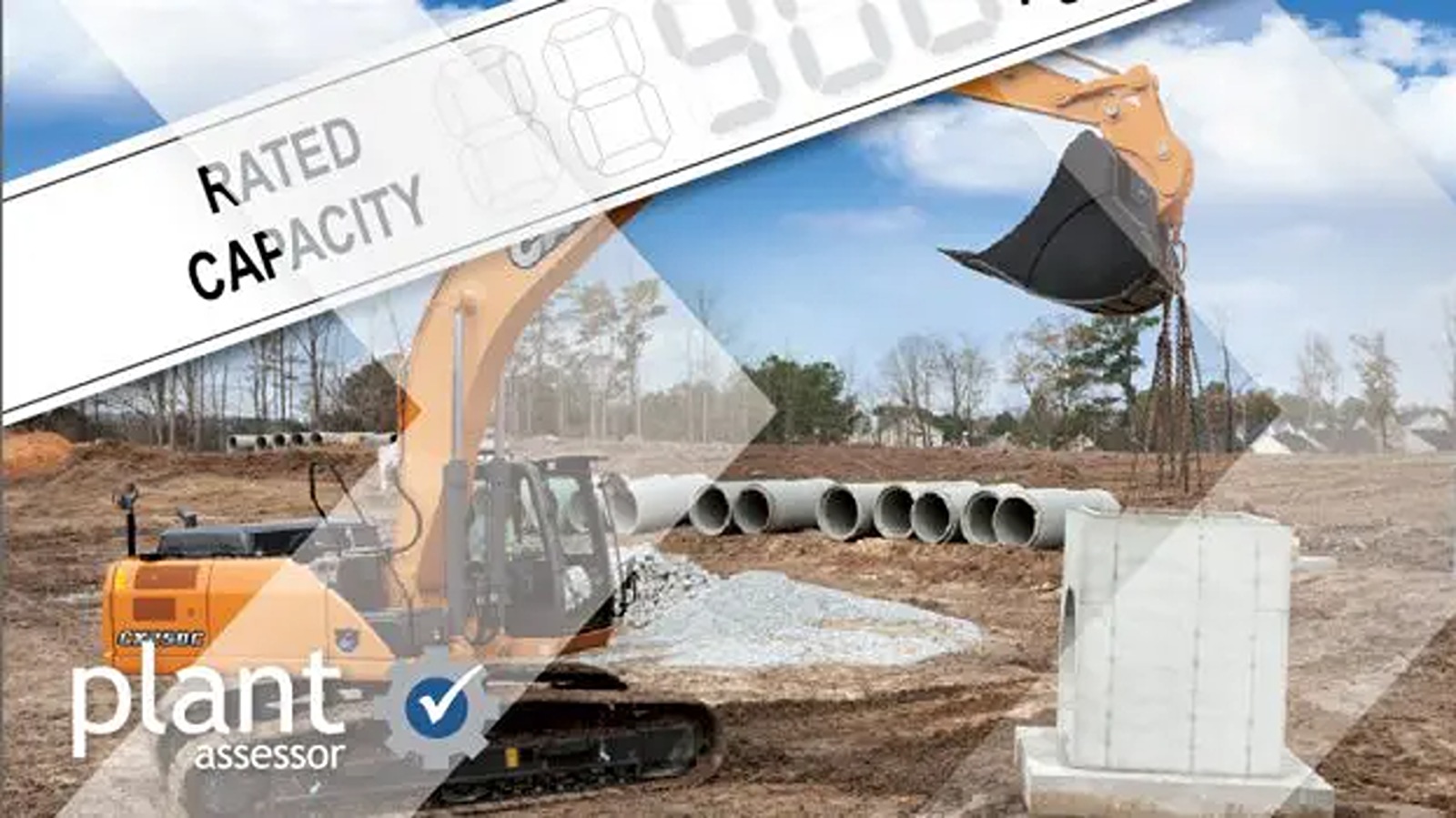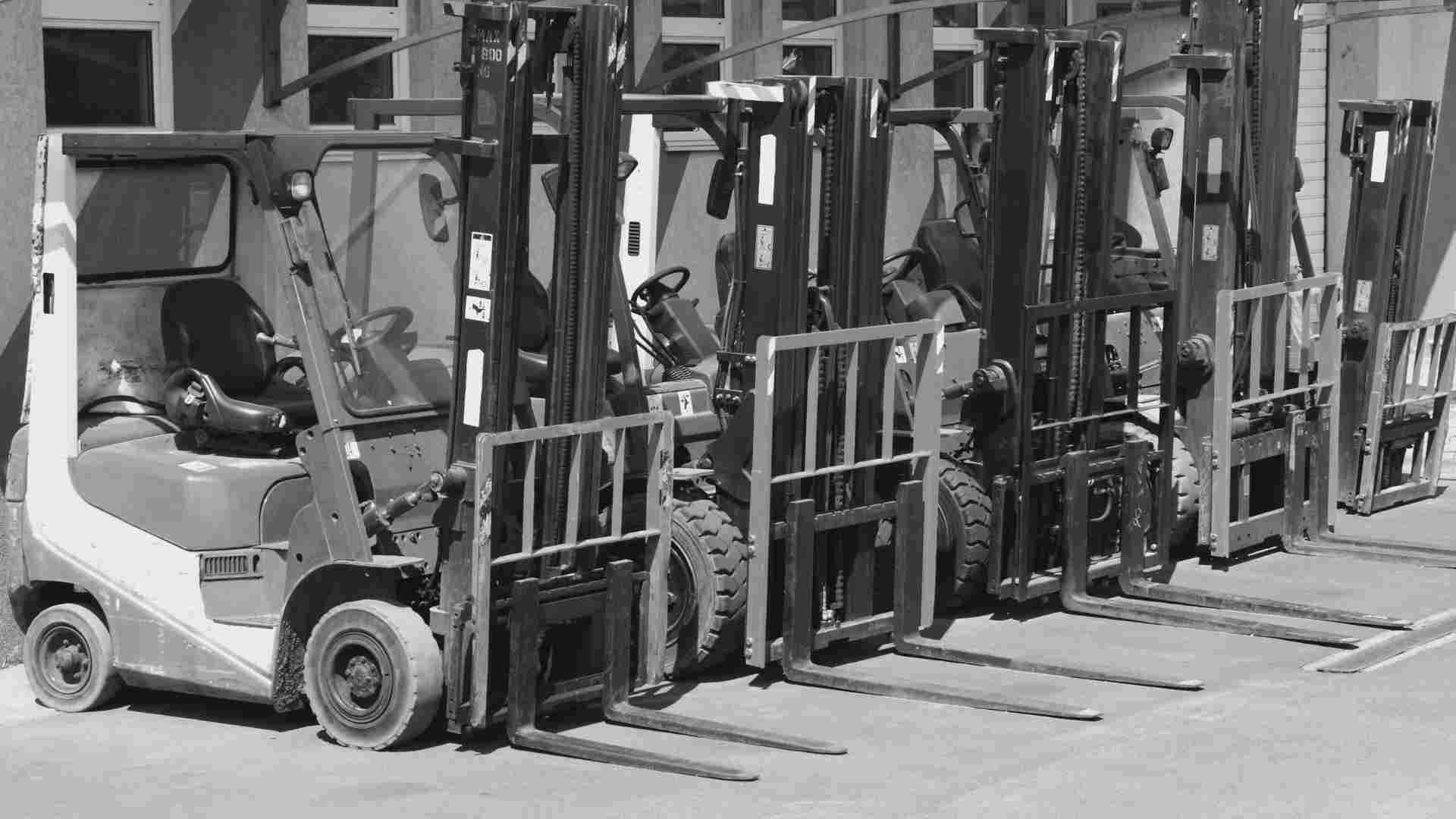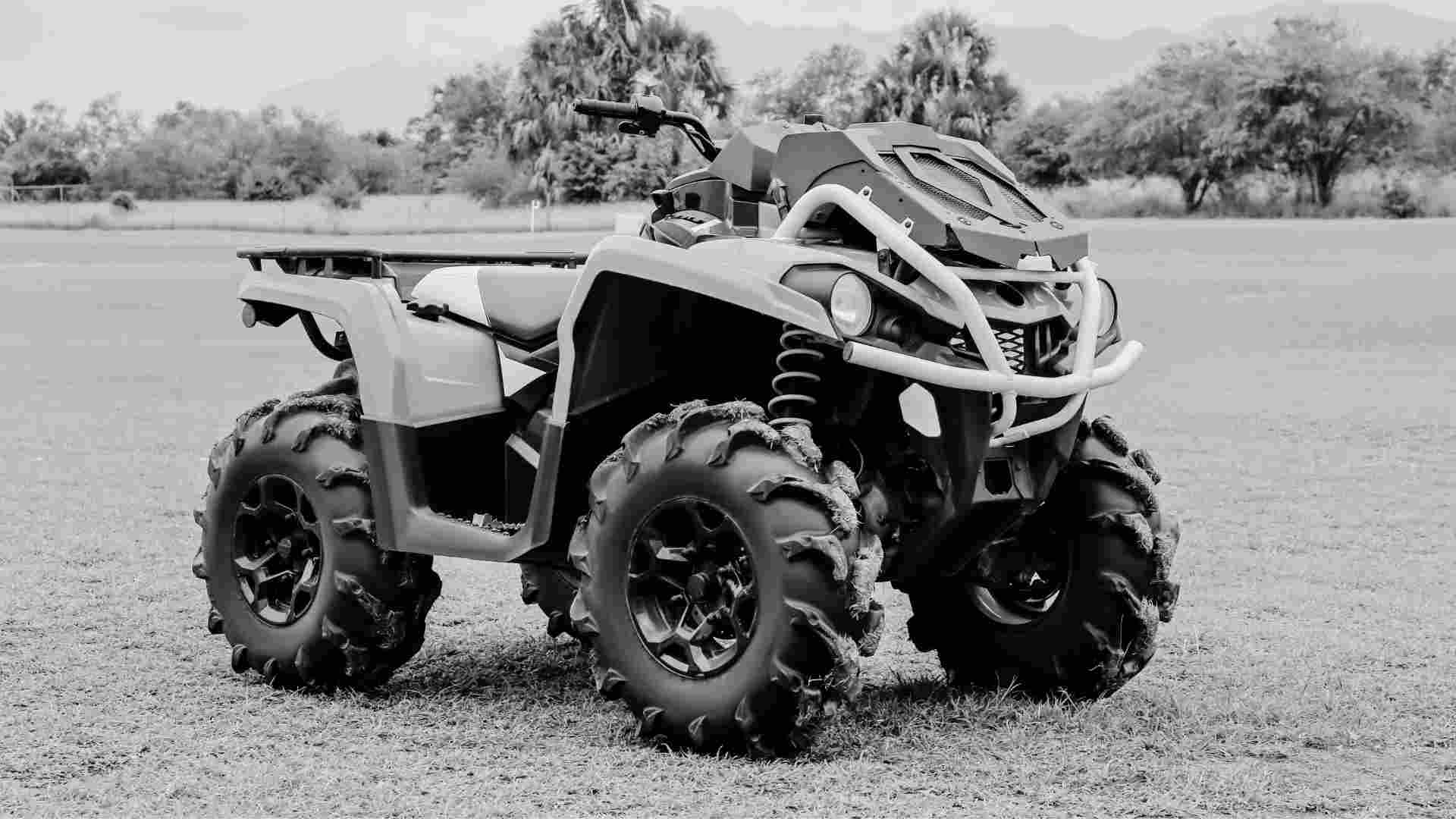The ultimate guide to forklifts
Forklifts, also known as lift trucks, are essential machines used across various industries for material handling, lifting and transporting heavy...
|
|
Machinery Pre Starts
|
|
|
Risk Management &
|
|
|
Document Management
|
|
|
Dashboards & Reporting
|
|
|
Machinery Risk Assessments
|
|
|
Service & Maintenance
|
|
|
Safe Operating Procedures
|
|
|
MySite
|
|
|
View All Features |

The lifting of any freely suspended load, whether it be with a crane or an earthmoving machine, is a high risk activity requiring a range of controls to ensure work is performed safely.
Lifting capacity labelling is an important component of a safe system of work, and this blog specifically addresses the issue of lifting capacity signage required on earthmoving machines.
The most significant change to the assessment of lifting capacity occurred over a decade ago when the long-standing term, ‘Safe Working Load’ was replaced with ‘Rated Capacity’.
The Australian Standard 1418.1 Cranes, Hoists and Winches was revised in 2002 and one of the key changes related to this terminology. Any reference to the acronym ‘SWL’ was removed from the Standard.
In the preface of AS1418.1 the following insight is provided into the change: “The term ‘safe working load’ has been changed to ‘rated capacity’ and other uses of the word ‘safe’ have been avoided due to the legal significance placed on the word.”
With regard to earthmoving machines commonly used to lift freely suspended loads including excavators, wheel loaders and backhoe loaders, the applicable Standard relating to ‘rated capacity’ is AS1418.8-2008 Cranes, hoists and winches – Special purpose appliance and this Standard says that “The rated capacity shall be the maximum mass (expressed in kilograms) that may be handled at the maximum lift point radius, or reach, expressed in metres in the most adverse configuration for each lift point without the strength, hydraulic, and stability requirements being exceeded. The rated capacity shall comprise the mass of the lifted load and the lifting attachments. Where a bucket is fitted, the rated capacity shall be established at the rated lift bucket position that results in the maximum radius.”
Here are a few commonly asked questions relating to rated capacity and how to make sure your machines are correctly labelled.
What does that definition really mean?
It means that a machine’s rated capacity is the maximum weight that it can be used to lift in the weakest possible configuration. As an example, for an excavator, the rated capacity is maximum load that can be lifted over side at full reach on the maximum allowable slope.
How is the rated capacity calculated?
When calculating the rated capacity there are two key machine features that must be considered – stability and hydraulic capacity. The rated capacity must not be greater than 87% of the hydraulic capacity at maximum reach/radius. It must be no more than 75% of the tipping load for stationary lifting and no more than 66% of tipping load for pick & carry lifting. If the machine is articulated this reduces to 50%.
Does the rated capacity include or exclude attachments?
Rated capacity information should be obtained from the manufacturer of the machine in question, and is usually contained in the machine specifications included in the operator’s manual. The manual should provide advice as to whether the rated capacity has been calculated with or without an attachment. Normally it excludes attachments as the weight of attachments can vary unless the lifting point is fitted to the actual attachment such as a quick hitch.
If a lift is to be undertaken whilst an attachment is still attached, the weight of any attachment needs to be subtracted from the rated capacity figure. For example, if an excavator has a rated capacity of 1,000kg excluding attachments, and a lift is undertaken whilst a 200kg bucket is attached, the rated capacity will be (1,000kg – 200kg = 800kg).
My machine can lift 5000kg but the rated capacity label says 900kg
Since the change to the Australian Standard, there is only one figure for rated capacity. Previously machines were supplied with a chart that detailed the maximum load that could be lifted at varying distances. Some machines are still supplied with this chart. Since 2008, AS1418.8 only requires a lifting chart to specify one weight in kilograms and one distance in metres, namely the maximum reach of the machine.
Do we need to put a rated capacity sticker on the side of the boom?
If the machine is fitted with a lifting point from which freely suspended loads can be lifted the standard requires that the rated capacity shall be permanently displayed in a prominent position near the lifting point.
Labelling should also be provided on both sides of the machine.
Given that it is foreseeable that a lifting point could be fitted to most earthmoving machines commonly used to lift freely suspended loads, Plant Assessor considers rated capacity labelling to be a minimum requirement for these machine types.
If there is no lifting point fitted and no chance that one could be fitted it could be argued that the label need not be fitted.
What sticker should we be using?
The decal (sticker) should include the words RATED CAPACITY, a mass in kilograms followed by the letters kg. – eg. “Rated Capacity 3500kg”.
How big should the decal be?
The Standard AS 1319-1994 Safety Signs for the Occupational Environment contains guidance which Plant Assessor has used to determine the minimum size of the lettering in a rated capacity label for an earthmoving machine. AS1319-1994 requires lettering to be 15mm for every metre of viewing distance.
Plant Assessor has determined that the minimum height of rated capacity lettering should be 75mm. This determination has been made on the basis that the label needs to be viewable from 5 metres, hence 5m x 15mm = 75mm.
What about customers or sites that insist on either SWL or WLL?
These acronyms are not used in any of the AS1418 series of standards or in legislation. Plant Assessor does not use or recommend use of either terms in relation to earthmoving machines used as cranes.
What does the law say we should do? Is this a mandatory requirement?
Compliance with the AS1418 set is not mandatory, however Workplace Health and Safety Legislation places a positive duty on persons conducting a business or undertaking (PCBU) to:
Provide information and training on the safe use of machines
Make themselves aware of guidance and other information available in exercising their duty of care
So whilst compliance with the requirements of this set of Standards is not mandatory, they provide clear and detailed guidance on the management of lifting devices and safe lifting. A PCBU who is unaware of, or chooses to ignore such guidance does so at their own peril.
What if my machine has a SWL label not a rated capacity label?
Strict interpretation of the Standard concludes that it must have a rated capacity label fitted.
At Plant Assessor, our position is that a SWL label, whilst it does not comply with the strict wording or calculations of the standard, does provide information relevant to assist in the conduct of safe lifting. As a result of this, Plant Assessor’s position is that machines with legible and suitably sized SWL labels do comply with the essential intent of this part of the Standard, and therefore are accepted as compliant.
If you have any questions relating to this topic that have not been covered above, please contact us to obtain further information.
Disclaimer: This information is intended to provide general information on the subject matter. This is not intended as legal or expert advice for your specific situation. You should seek professional advice before acting or relying on the content of this information.

Forklifts, also known as lift trucks, are essential machines used across various industries for material handling, lifting and transporting heavy...

We all know machinery and its operation can be inherently dangerous.

The Queensland Government has changed regulations relating to the use of quad bikes in workplace settings within the state.